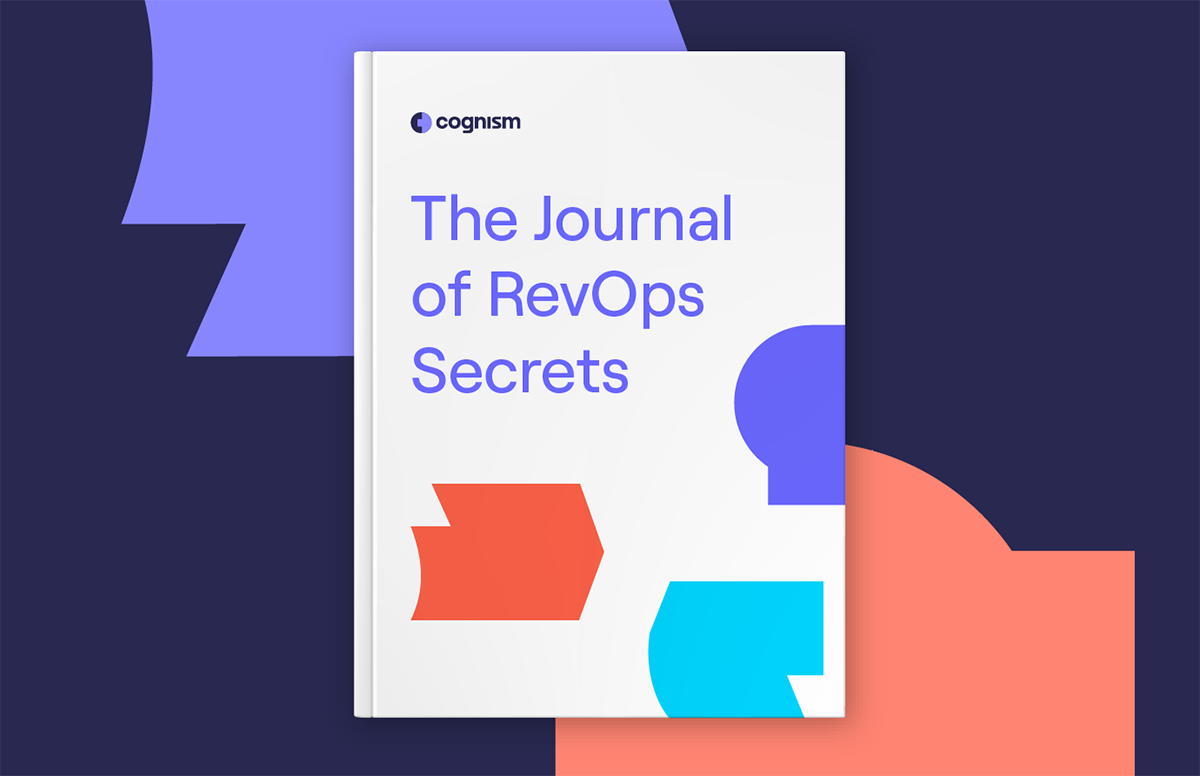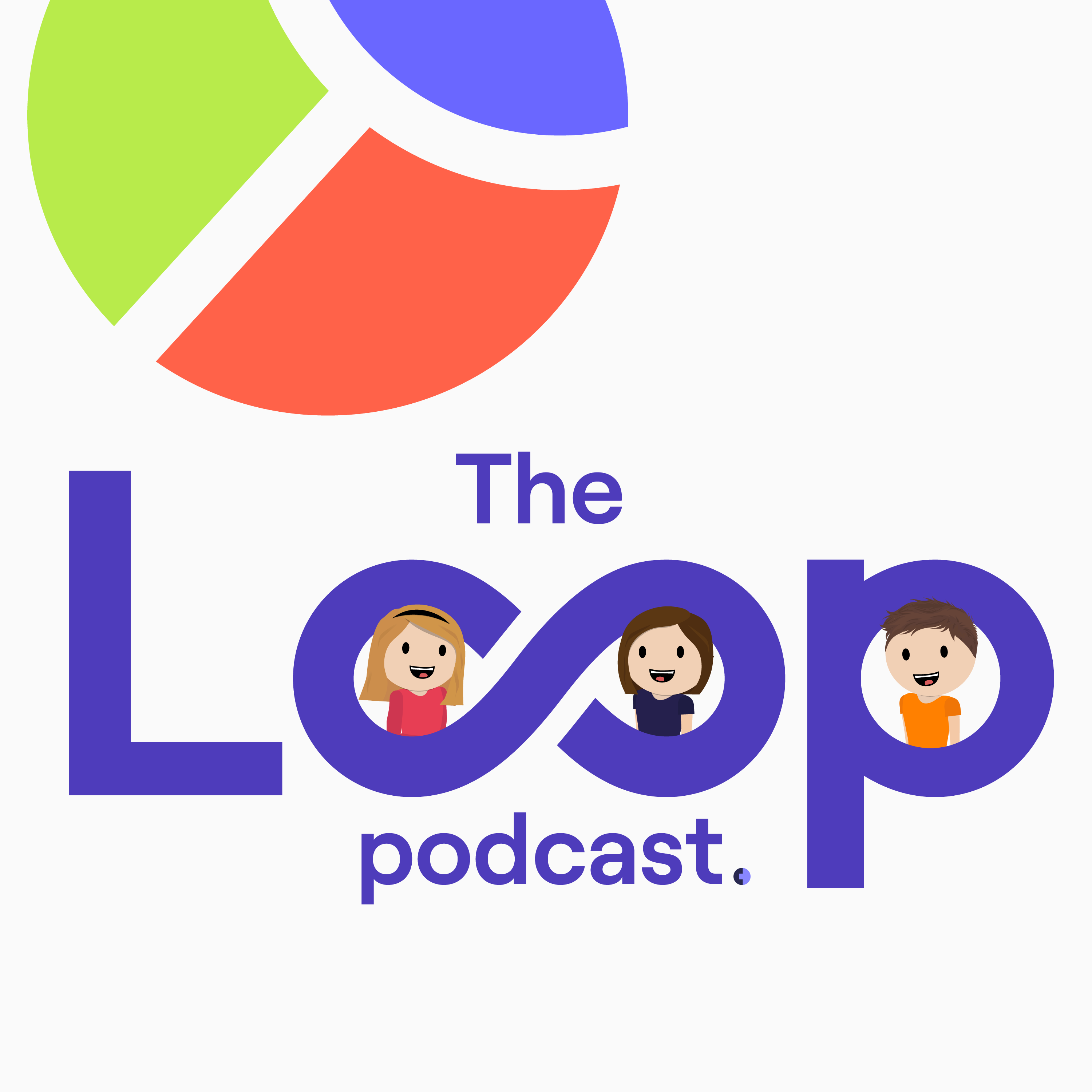Chapter 2: How to optimise lead routing
In this chapter, we’ll look at how we’ve optimised lead routing at Cognism, which boosted our percentage of meetings attended from 35% to 75%.
We’ll cover how to improve speed to lead, create the right criteria for your business model and enrich leads.
%20(5).png)
Whether you’re running a lead generation model, or a demand generation model - one thing remains important for each.
A proper lead routing process.
Without this, leads slip through the cracks and are addressed at a delayed rate by the wrong people.
This delay in responsiveness can lead to missed opportunities and, potentially, deals lost to competitors.
In fact, when your response time increases from 5 to 10 minutes, your odds of qualifying a lead decrease by 400%.
Leads may also require different approaches based on their industry, location or preferences, and lead routing ensures your leads are allocated to the most appropriate representatives.
1. Lead routing best practices
1. a. Understanding your business structure
Before starting, it’s important to understand your business structure and the types of reps to whom inbound leads can be routed.
At Cognism, this includes:
- Marketing development representatives
- Sales development representatives
- Account executives.
Next, you must understand what segments and regions you cover to ensure the right person reaches the right segment so that each lead is being followed up by a rep in the correct time zone.
You also want to think about language suitability. As Simon Heckhuis, Marketing Operations Manager at Cognism, explained:
“We have a German and a French website. Everything that comes through there is sent to the German and French reps so that the whole user experience is in that language.”
“So even if a lead comes from a different country, we probably want to follow up with a German speaker if they come through a German language page.”
1. b. Defining customer life-cycle stages
Next, you must understand where your lead stands in the customer life-cycle stages.
- Are they a prospect?
- Are they already an open opportunity?
- Or are they already a customer?
Depending on these factors, you want to route these people to different groups within the organisation.
For example, customers should be routed to a customer success manager or the account manager, while open opportunities should be routed to the person the company is already in contact with.
This improves your speed to lead and ensures that if multiple contacts are under the same account, the messaging is consistent, and it’s clear who is responsible for that account when it comes to multithreading.
1. c. Unactioned inbound report
Once you have your structures set up, you want to ensure no one has been forgotten.
Simon explains:
“We have an unactioned inbound report.”
“That’s the easiest way to make sure every single person who comes in who fills out a form, wants a demo, wants to understand your pricing or requests time with you has a follow-up. That’s very basic but can still be forgotten.”
This looks at and pulls any inbounds who have filled out a form but don’t have a touchpoint registered in Salesforce.
The report analyses and compares the contact’s last engagement date to when they became an MQL. At Cognism, the official follow-up time is 0.6 business days.
Every day, if the time stamps are too far apart, the report surfaces those people who haven’t been followed up. The operation’s team then looks at this in a bit more depth to see if there’s anything suspicious, an uptick, or a specific person who’s not following up that they need to flag.
1. d. Analysing cohort performance
Then, going one step deeper, you want to start looking into your whole funnel and everyone coming in and who they are going to.
You can then segment this by cohorts and understand if specific groups of people in certain segments of regions are performing better than others.
Sometimes, this is just the nature of business, enterprise accounts move very differently to small to medium sized businesses.
But by thinking about different regions and where certain segments are performing less than others, you can start to figure out why this is the case and how to improve routing to optimise that. As Liam Bartholomew, VP of Marketing at Cognism, explained:
“All this enables us to control lead leakage and improve conversion rates throughout the funnel because leads are talking to the right people, at the right time, in the right language.”
“This also means we’re able to track each of these individual segments and find ways to improve performance because we can then drill down into certain areas.”
2. Improving speed to lead
2. a. Creating clear Service Level Agreements
When it comes to improving your speed to lead, the first thing you want to consider is your SLAs and what follow-up time frames you think are acceptable and want to set as a business.
There are different factors to consider here, including the volume of leads and the user’s expectations.
For example, if someone has booked a meeting time a week in advance, they probably want to receive some sort of ‘thanks for booking a meeting’ email on the day they fill out a form, but they won’t have to speak to someone straight away because they’ve already booked that time slot.
You need to create clearly defined SLAs for those different scenarios. At Cognism, for example, if an inbound lead has filled out a form, whoever this lead is assigned to has to have reached out to them through a message or a phone call within 14 hours.
This ensures that sales follows-up on and actions the inbound leads marketing brings in and no leads slip through the cracks.
2. b. Automating workflows
To help the sales reps and MDRs succeed and establish those SLAs, Cognism automates as much as possible.
This doesn’t necessarily mean sending automated messages to inbounds but ensuring that when they come through the funnel and fill out a form, they get routed to the right person and added to a follow-up cadence simultaneously.
The follow-up cadence differs in different cases. It depends on whether someone has requested a time, as then you might have to follow up and schedule that meeting through an email or a call.
If someone requests a demo and selects a time, an automated email will be sent out detailing who will contact them, how they will contact them, and when they will contact them, as well as thanking them for registering for that demo.
If your business runs a product-led growth model, certain actions can trigger certain sales sequences. For example, if someone has spent all their credits, a sales rep would automatically contact them to discuss this further.
Simon shared:
“We try to automate as much as possible through automated sequences. Automation allows the reps to focus on doing their job instead of wondering when they have to follow up with different leads and keep a constant eye on their inbounds or email messaging.”
2. c. The direct booking solution
As we covered in Chapter 1, the direct booking solution can also massively help increase your speed to lead.
Taking a step out of scheduling and allowing people to book a time directly decreased Cognism’s average speed to lead by a couple of days whilst also decreasing the average time it took reps to talk to leads and have an opportunity booked or qualified.
2. d. Creating a feedback loop
It’s crucial to ensure you don’t over-qualify or under-qualify leads. So it’s important to have a constant conversation with the sales team and the people receiving inbounds to understand what’s working and where they see any issues.
Then, you can adjust the routing accordingly.
Here, it’s important to balance the needs of the user and the needs of the business when it comes to the discovery call and adding an extra qualification step.
Liam explains:
“Having that feedback from the sales team can uncover certain things. You might find that the sales reps are being routed leads in specific time zones, which has made booking meetings increasingly difficult and is affecting their speed to lead.”
“Or they might be missing certain pieces of data, which means they cannot hit those SLAs.”
“For example, we saw that any leads from Australia became extremely hard for the sales team to set up meetings with, so those SLAs suffered.”
“These meetings allow you to understand this information you wouldn’t be able to see in the data.”
Here, it’s okay for a business to accept longer lead times in tricky time zones and not become overly reliant on speed to lead as an indicator of performance.
What’s more important is that you have the right follow-ups in place for your leads to attend their meetings and be nurtured with marketing messages without the speed-to-lead aspect being over-emphasised.
You can also run a closed lost opps survey, which allows the prospect to provide feedback and let you know how their process went and if, at any point, they may have struggled to meet with the sales rep.
You can gain valuable takeaways by aggregating the results from this survey, especially surrounding competitor data.
At Cognism, for example, Liam and Simon discovered that the main reason sales had lost out on deals was pricing. In addition, accounts were churning at an increased rate because the product was too expensive.
To combat this, Cognism introduced single-seat user pricing. The impact was clear: As the number of deals increased, closed-won rates increased, and retention rates increased by 20% because the pricing was more palatable.
3. Lead enrichment
Lead enrichment ensures you have enough data points to base your final lead routing decisions on without increasing the number of form fields at the entry point.
For example, you might consider company size to ensure you know which segment each lead should fall into, but you want to avoid asking for this on a form.
Not only would this add additional fields, but employees don’t always know how big their organisation is or what you’re asking for, specifically when there are parent and child companies of different sizes.
Whilst people often assume that first-hand information will be better and more reliable, this is not always the case.
Simon explains:
“Enrichment helps operations make routing decisions based on specific data points and allows us to control those data points.”
“It’s a mix of getting all the essential data points while ensuring we don’t need to ask the inbound leads for all of these.”
“Once we have all of these additional data points, we can analyse the routing a bit better.”
“We look at all the different entry points and outcomes, and then can drill down and see where we have routed differently than we wanted to because data points have changed.”
This also allows you to identify any inefficiencies.
From a marketing lens, enrichment allows leads to be routed to the correct campaigns.
You want to prevent asking people what departments or ‘personas’ they fall into on a form, so that’s something you can bridge on the backend with enrichment.
That way, when you send people a message, it aligns with their persona.
This also helps control these data pieces. While you might try to figure out which department someone works for by their job title, the number of different inputs people can give makes it much harder to determine whether someone belongs to marketing, sales, or operations, for example.
However, if you have an enrichment with predefined outcomes, this makes it much easier to categorise.
4. Lead grading
4. a. Reducing conversion steps
There can be a lot of hoops to jump through during a buying process. But it’s within our best interests to try to reduce this number, making the buying process easier for prospects.
That’s where lead grading can help.
At Cognism, Simon looks at four things when it comes to lead grading:
- Department
- Seniority
- Sales head-count
- Industry
These are then provided a grade from A+ to D.
Simon explains:
“With lead grading, if we grade our best inbounds an A grade, as these are leads that are very likely to convert, you remove the need for qualification.”
“Having that grading therefore allows you to cut a step out and give the prospect time for a demo request straightaway.”
This enables marketing to prioritise their targeting and follow up on grade As and Bs at an express rate, as they can be routed directly to an AE, whilst grade Ds might be sent a demo video before speaking to a sales rep.
This can reduce drop-offs, streamline the funnel and help create priority cues where you can fast-track and prioritise certain leads for the benefit of the business and the customers.
4.b. Preserving resources
Resources are finite, therefore it’s important not to have unnecessary waste and ensure your resources are used in the best way possible.
Lead grading helps your AEs only focus on the highest-quality leads and also means that your MDRs and SDRs can focus on the leads that are a bit harder to reach and require that extra qualification.
Simon then looks at the meetings booked by a supporting function like an MDR or SDR, as well as the meetings booked directly to an AE, to ensure that the conversion rates from then on are similar.
This helps understand if the pre-qualification done through grading is at the same level as someone who goes through an SDR or MDR.
This might differ from business to business. Some businesses have an easier time giving a demo straight away, but if you need some prequalification to make sure you’re giving the best demo possible, then you need to create that balance.





